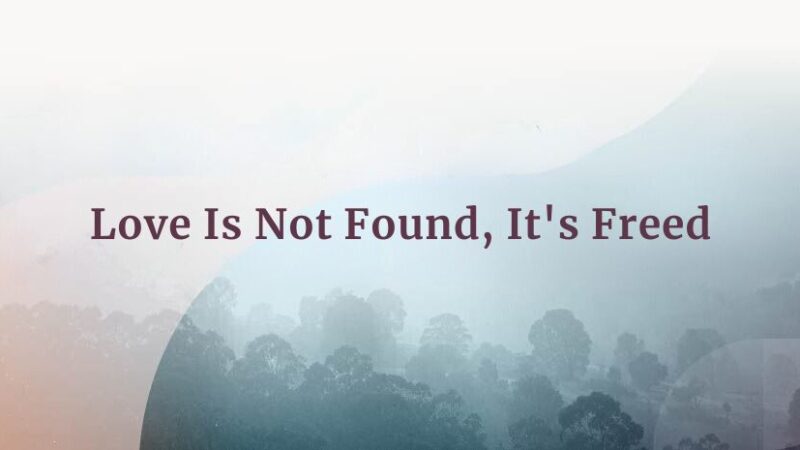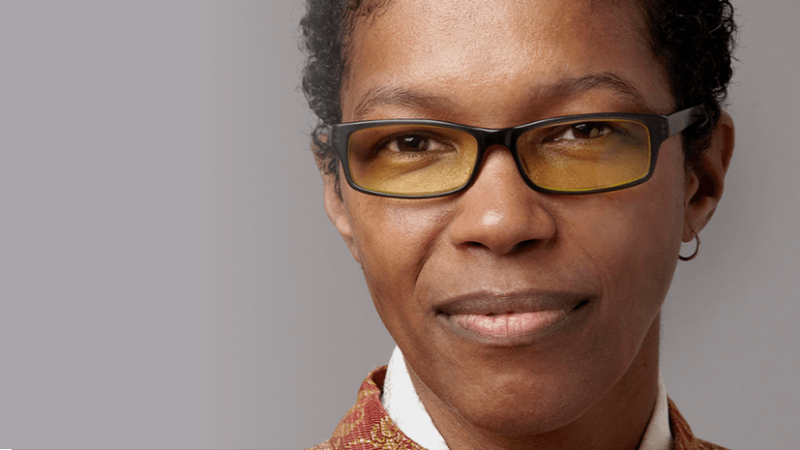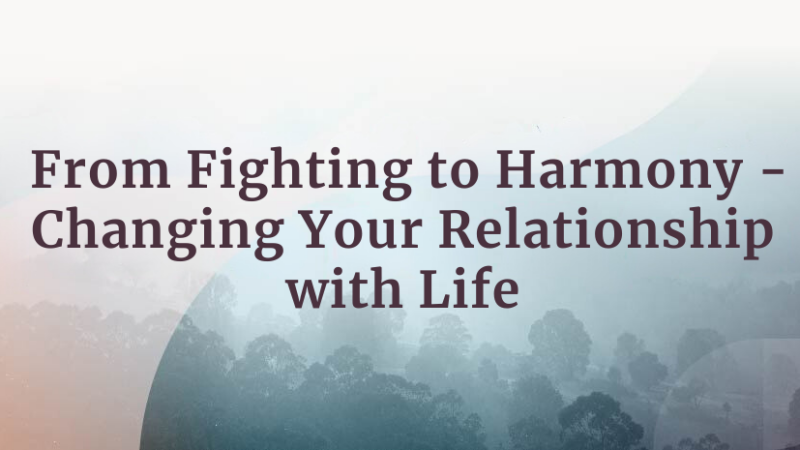-
E117: The Real Work: Letting Go from Within
Michael Singer — October 2, 2025
True spirituality isn’t about mystical experiences or lofty ideals—it’s about honestly facing...
-
Once More: Reflections on Reincarnation and the Gap Between Lives
Tami Simon — September 26, 2025
In this special reflection episode of Insights at the Edge host Tami Simon looks back on her...
-
Honey Tasting Meditation: Build Your Relationship with Sweetness
There is a saying that goes “hurt people hurt people.” I believe this to be true. We have been...
Written by:
Amy Burtaine, Michelle Cassandra Johnson
-
Many Voices, One Journey
The Sounds True Blog
Insights, reflections, and practices from Sounds True teachers, authors, staff, and more. Have a look—to find some inspiration and wisdom for uplifting your day.
Standing Together, and Stepping Up
Written By:
Tami Simon -
The Michael Singer Podcast
Your Highest Intention: Self-Realization
Michael Singer discusses intention—"perhaps the deepest thing we can talk about"—and the path to self-realization.
This Week:
E116: Doing the Best You Can: The Path to Liberation -
Many Voices, One Journey
The Sounds True Blog
Insights, reflections, and practices from Sounds True teachers, authors, staff, and more. Have a look—to find some inspiration and wisdom for uplifting your day.
Take Your Inner Child on Playdates
Written By:
Megan Sherer
600 Podcasts and Counting...
Subscribe to Insights at the Edge to hear all of Tami's interviews (transcripts available, too!), featuring Eckhart Tolle, Caroline Myss, Tara Brach, Jack Kornfield, Adyashanti, and many more.
Most Recent
E57: Love Is Not Found, It’s Freed
Love is not something found outside but an internal energy that flows through your heart when you are open and unblocked. Your past personal experiences and emotional defenses create barriers that prevent you from feeling love continuously. The key to unconditional love is letting go of these blockages, embracing openness, and allowing life’s experiences—both positive and negative—to flow through without resistance. If you learn to do this, you will find that true love is not based on the conditions of people, events, or circumstances—it is about removing the blockages you have put in love’s way.
For more information, go to michaelsingerpodcast.com.
© Sounds True Inc. Episodes: © 2025 Michael A. Singer. All Rights Reserved.
Love: The Shining of Being in Every Heart: A Message f...
Being is the shared element in all people, animals and things. Just as there is one universal physical space that pervades all individual buildings without being limited to them, likewise there is just one unlimited being from which everyone and everything borrows its apparent existence.
Just as the space in a room is not contained within its walls but is an apparent limitation of universal space, likewise the individual being that each of us seems to be is not contained within or generated by the body but is an apparent limitation of the one infinite being.
Infinite being is felt by each of us as the amness of our self. This feeling of ‘I am-ness’ is infinite being shining in each of our finite minds. Just as universal space seems to acquire the limitations of the four walls within which it seems to be contained, but in fact always remains the universal space,likewise infinite being – God’s being – seems to acquire the limitations of the body within which it seems to be housed, without ever actually ceasing to be infinite being. The apparent mixture of infinite being plus the content of experience seems to create a temporary finite being, a separate self or ego.
As a concession to the separate self or ego that we seem to be, most spiritual teachings give us something to do to become enlightened. This is like giving the space of a room a practice in order to become universal space. But the space needs no liberation, for it was never bound. The space inside is always and already identical to the space outside.
Likewise, our self needs no liberation or enlightenment. If we go deeply into the simple experience of being, we find no limit there – it is already infinite, already free. While thoughts, memories, feelings, sensations and so on have limits, these limitations do not pertain to our being.
Even to say being is mixed with experience isn’t quite right. Just as space remains unmixed with the walls that seem to contain it and the objects that it seems to contain, our being is never really mixed with experience. It always shines in its original condition: untarnished, unmixed, unlimited, unmodified. Inherently free and at peace.
Infinite being needs no enlightenment or spiritual practice. So, for whom are the teachings and the innumerable practices that have been elaborated in the various religious and spiritual traditions? For the temporary, finite separate self we seem to be. They are, as such, compassionate concessions –legitimate ones – but ones that ultimately perpetuate the illusion of a separate self. Therefore, the highest teaching is no teaching, no teacher, no effort, no practice – just the shining of being, the one being we all are.
Imagine that the vast physical space of the universe is conscious. If you were to ask the aware space in the room in which you are sitting about its nature, it may look at the walls around it and describe itself in terms of their limitations. And it would imagine that the space outside the walls was separate from it, and might engage in various efforts to know it or unite with it. But if instead it looked only at itself, it would recognize that it contained no inherent limitation. It would recognize that it is already the vast space of the universe. All its efforts would cease with that recognition.
Similarly, our apparently finite being, seemingly located in and bound by the body, looks beyond its limitations at the vast universe and ponders the nature of its reality. It may even engage in great efforts to know that or unite with it. But all we need do is look closely, to taste the nature of our own being. If we do so, we find no limitation there – our being finds no limitation in itself. Our being is already the one infinite being, the only being there is – in religious terms, God’s being. There is just that, just this.
This utter absence of anything other than itself – this absence of otherness, separation, duality – is the experience we know as love. Love is, as such, the shining of infinite being in each of our hearts. It is the taste of God’s being in us, as us.
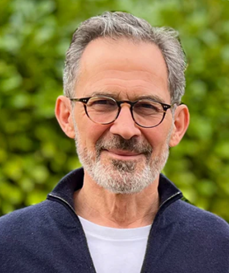
Rupert Spira discovered Rumi’s poetry at age fifteen, sparking a lifelong journey to understand the nature of being. He studied Advaita with Dr. Francis Roles, explored Sufism, and drew inspiration from Krishnamurti, Ramana Maharshi, and Nisargadatta Maharaj. He also pursued an interest in ceramics, training with British pioneers before opening his own studio. Meeting teacher Francis Lucille in the 1990s deepened Rupert’s understanding, integrating the teachings of Advaita and Kashmir Shaivism. Rupert holds regular in-person retreats, as well as online retreats and webinars. For more, see rupertspira.com.
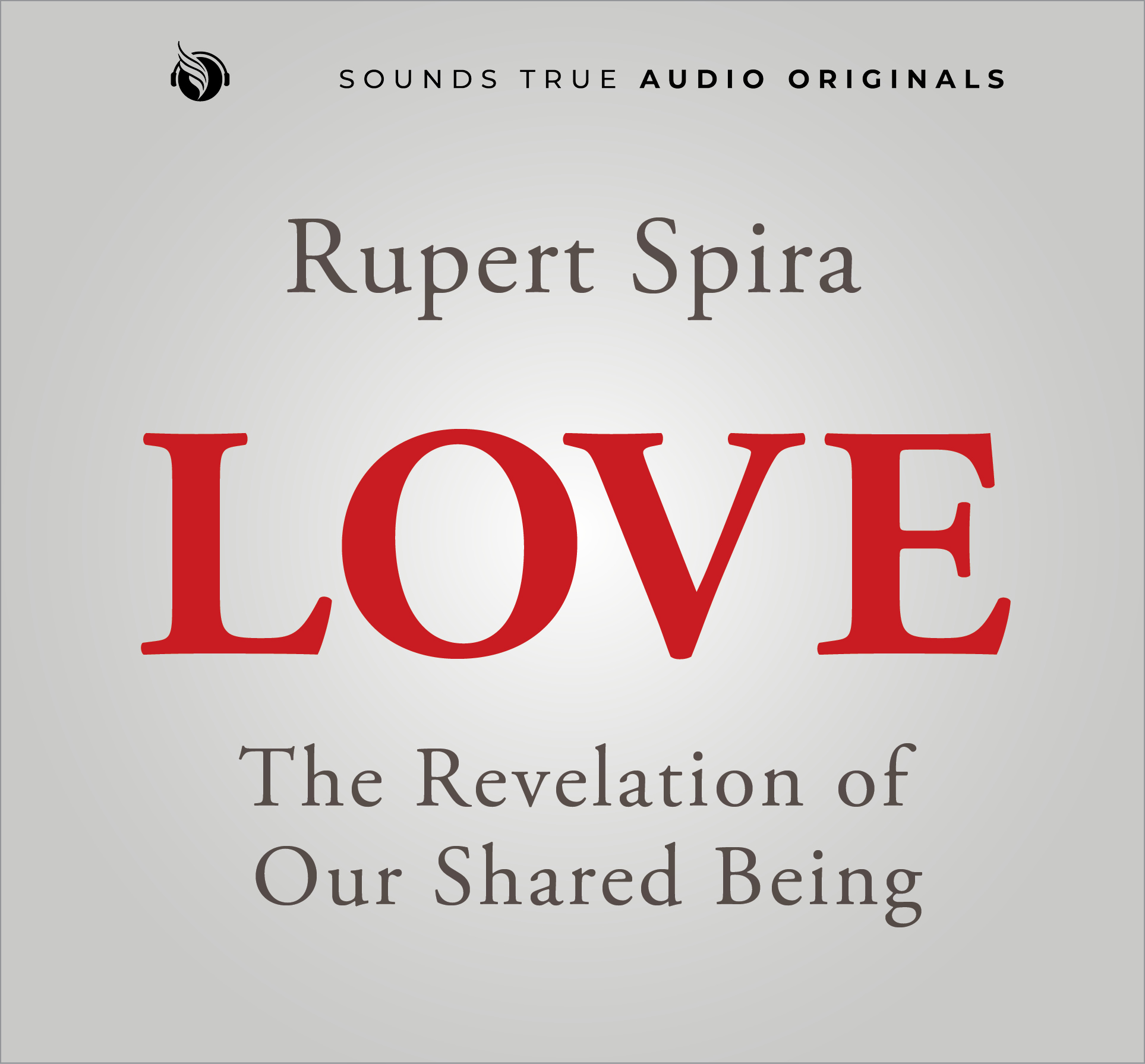
Learn More
Amazon | Sounds True
Rev. Jacqui Lewis, PhD: What Would Love Have Me Do?
Provocative questions and life-changing answers. That’s what the Insights at the Edge podcast is all about, and this episode is no different. Here, Tami Simon speaks with celebrated minister Rev. Dr. Jacqui Lewis about her new book, Fierce Love, and our shared calling to follow the compass of our hearts as we navigate these times of uncertainty. Tune in as Tami and Dr. Lewis explore how to find joy and inspiration amid grief and despair, gaining a deeper understanding of what it means to love your neighbor, and more.
They explore recovery and resilience through community; the honesty that love demands; the “holy other” that is both of and outside of us; how a familial sense of the divine boosts faith amid uncertainty; the aquifer of joy; the sustaining grace of God’s steadfast presence; entering a transformative, not transactional, relationship with God; embodying fierce love when tragedy strikes; holding up a mirror to the best parts of ourselves; the qualities of fierce love, and the writings of Saint Paul; the shift from fear and overwhelm to wise action; loving your neighbor and the essence of Christianity; the extraordinary kindness and generosity often offered by complete strangers; nonpossessive delight; hand-to-hand reckoning and accompanying; interrogating our self-limiting identities; discovering “the sweetness in the sorrow”; making amends; a special blessing to support us in responding with love; and more.
Note: This episode originally aired on Sounds True One, where these special episodes of Insights at the Edge are available to watch live on video and with exclusive access to Q&As with our guests. Learn more at join.soundstrue.com.
Customer Favorites
The Core of Belonging
Rev. angel Kyodo williams is an author, activist, Zen priest, and founder of the organization Transformative Change, which centers on the link between inner work, wholeness, and social transformation at scale. With Sounds True, Rev. angel has created a new six-part audio series called Belonging: From Fear to Freedom on the Path to True Community. In this episode of Insights at the Edge, Tami Simon speaks with Rev. angel about how society shapes our sense of belonging, and what it means to take back our power to belong. They discuss how embodied belonging transcends that which our entire sense of self and reality is based upon, and offers us a deep awareness of our essential truth. Tami and Rev. angel also touch on: forgiveness as a healing self-practice, the meaning of true community, and how growing comfortable in our own skin gives us the capacity to heal, enact conscious change, and belong in any environment.
Karla McLaren:Making Friends with Anxiety … and All ...
Karla McLaren is an award-winning author, social science researcher, and empathy pioneer. Her work focuses on a “grand unified theory of emotions,” in which she moves us beyond looking at some emotions as negative and some as positive, and instead helps people see the genius that lives inside every single emotion. In this podcast, Tami Simon speaks with Karla about managing the multiple emotions that many of us are experiencing as we navigate both a pandemic and a time of societal transformation. Tami and Karla also discuss the importance of creating a community that shares an “emotional vocabulary,” the four keys to unlocking the wisdom of our emotions, and much more.
S2 E1: From Fighting to Harmony – Changing Your ...
The world’s great wisdom traditions all speak on the value of surrender. In this episode, Michael discusses what it takes to grow beyond spiritual resistance.
For more information, go to michaelsingerpodcast.com.
© Sounds True Inc. Episodes: © 2024 Michael A. Singer. All Rights Reserved.

